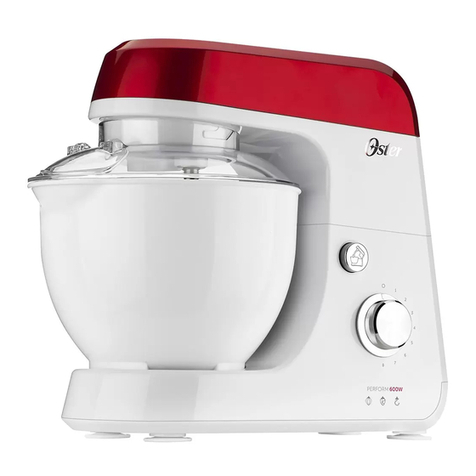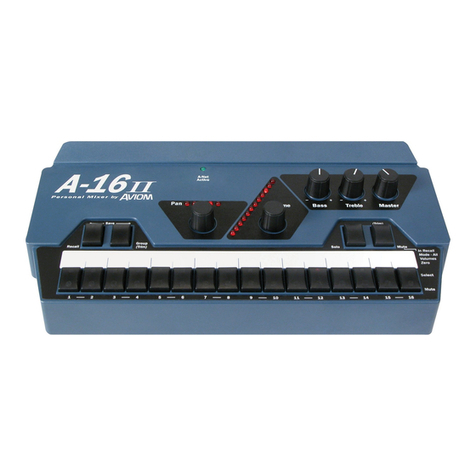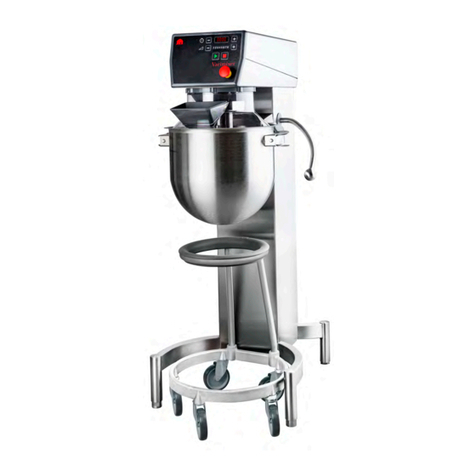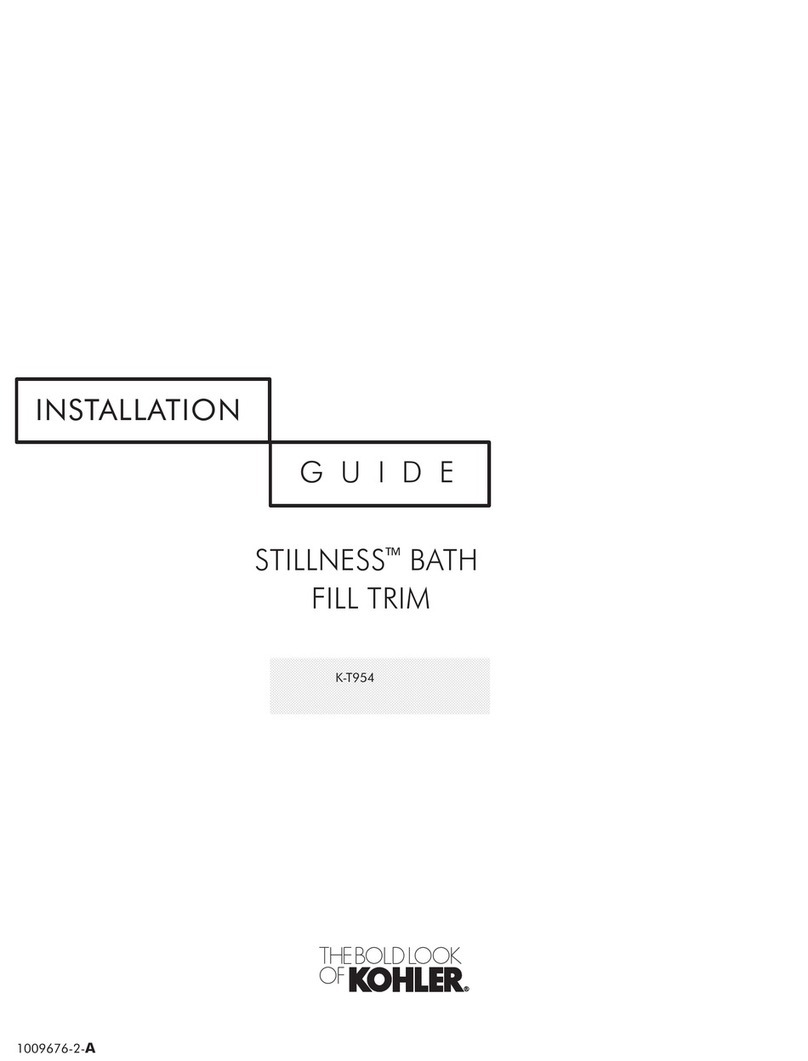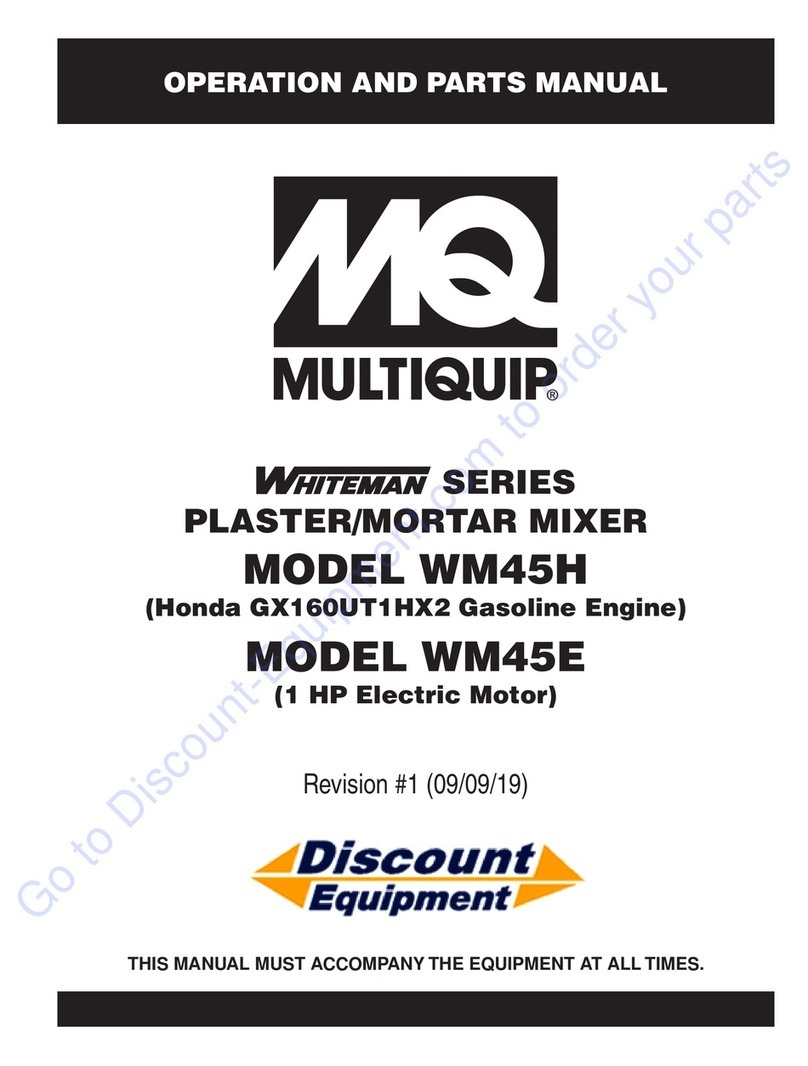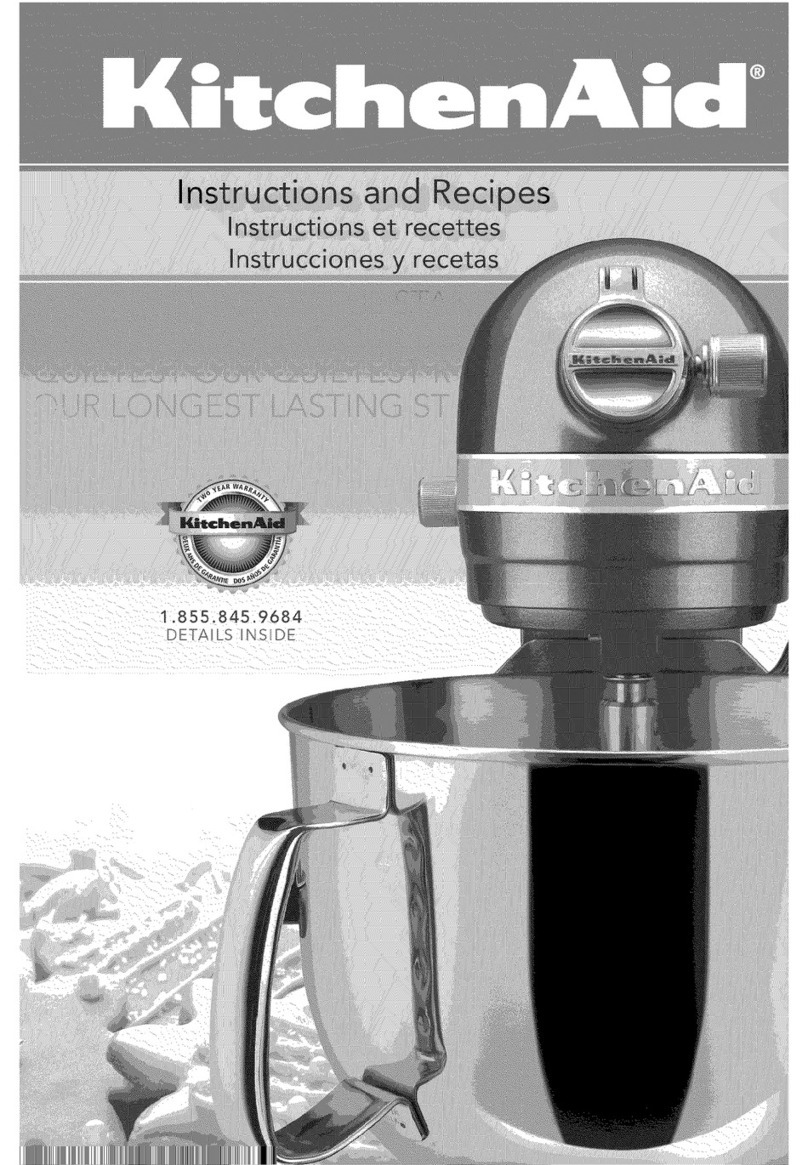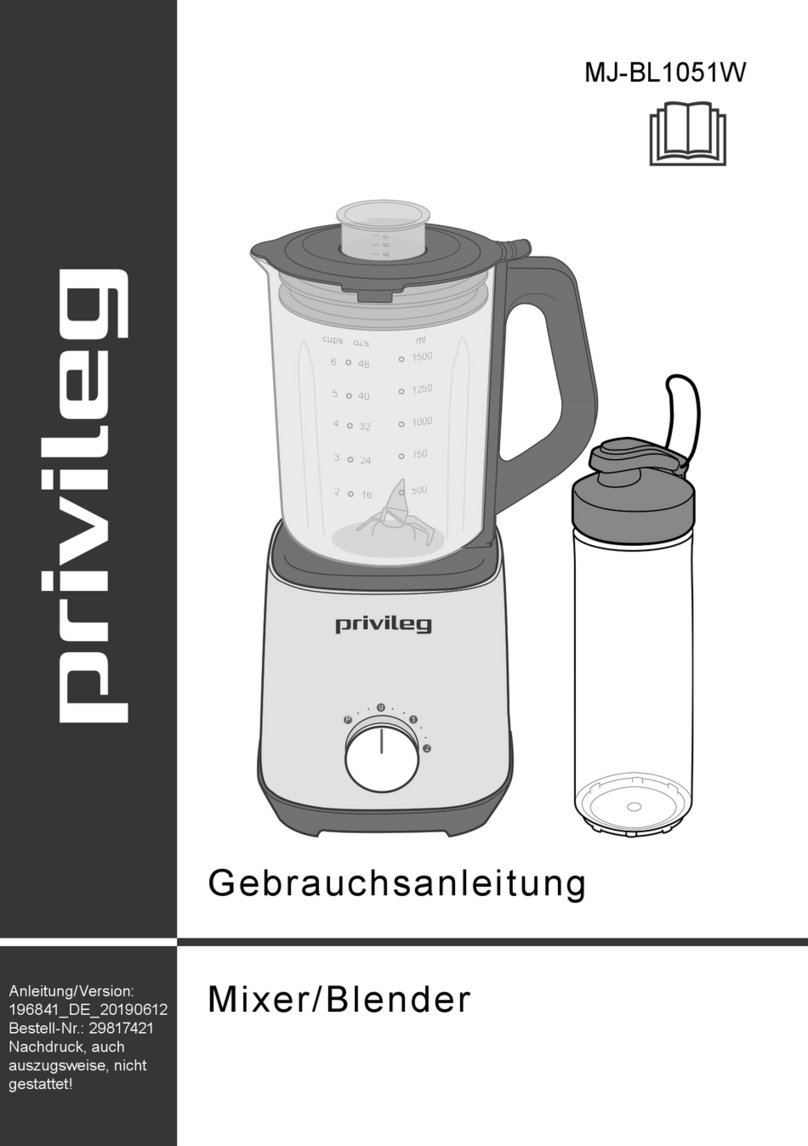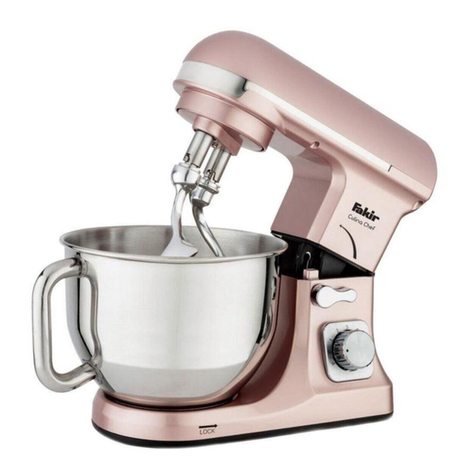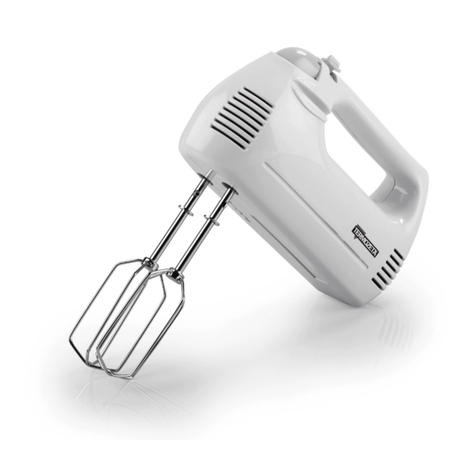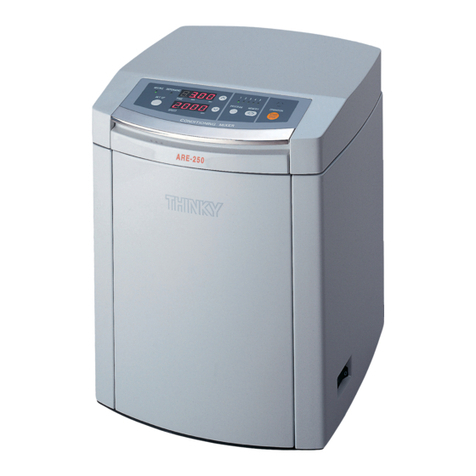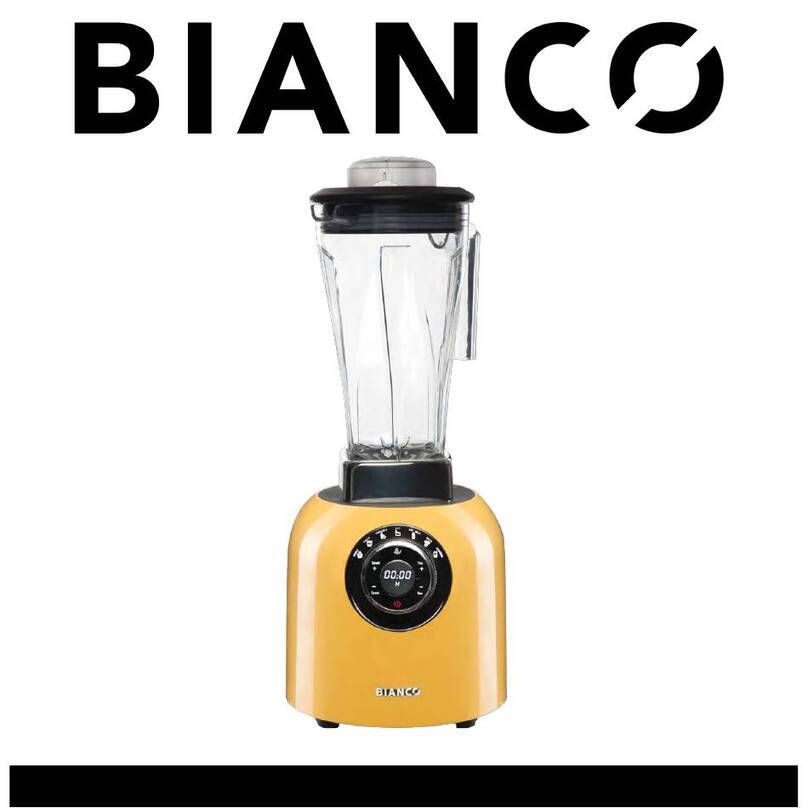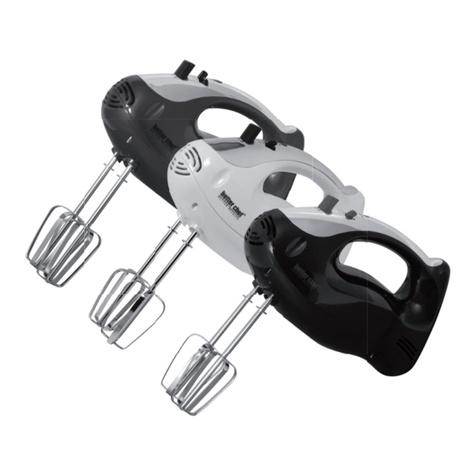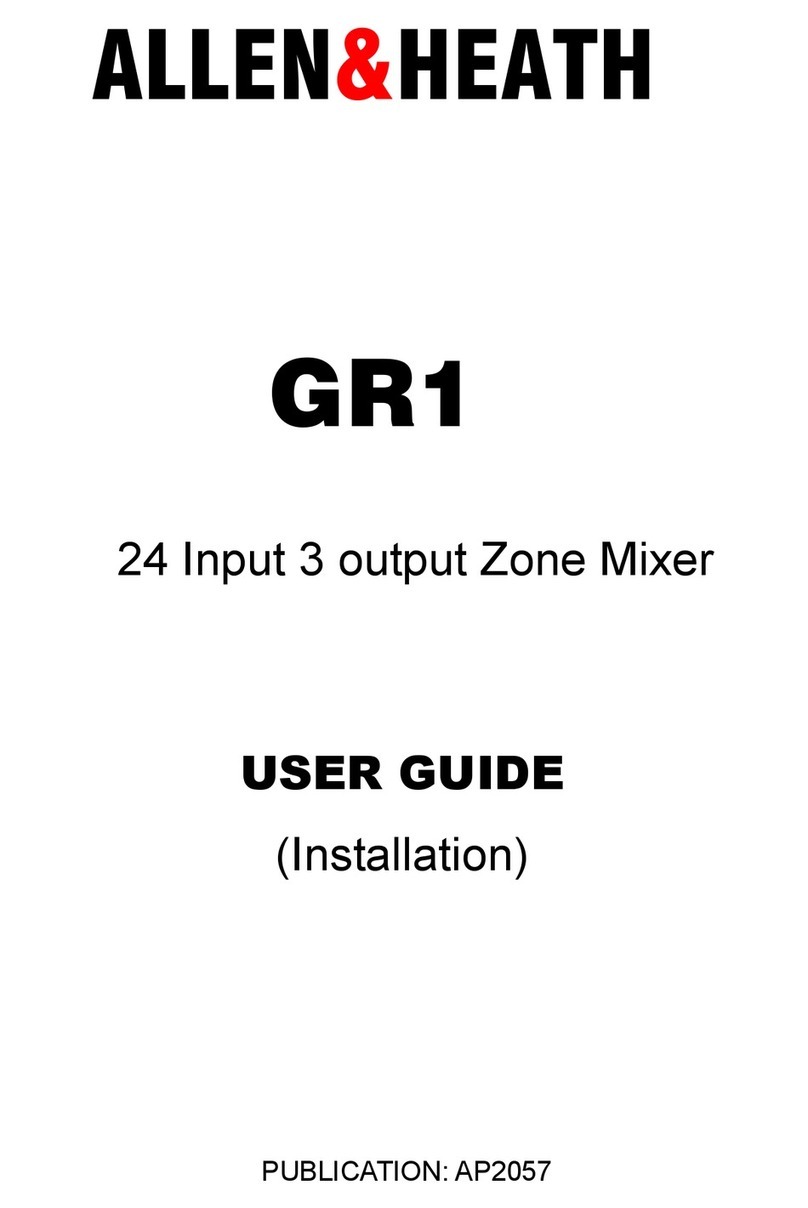Northern Industrial Tools 998251 User manual

2 . 0 C U . F T. E L E C T R I C
C E M E N T M I X E R
OWNER’S MANUAL
WARNING: Read carefully and understand all
INSTRUCTIONS before operating. Failure to follow the safety
rules and other basic safety precautions may result in serious
personal injury.
It e m # 9 9 8 2 5 1

Page
of 8
2
For technical questions and replacement parts, please call 1-800-222-5381.
Thank you very much for choosing a NORTHERN TOOL + EQUIPMENT CO., INC. Product! For
future reference, please complete the owner’s record below:
Model: _______________ Purchase Date: _______________
Save the receipt, warranty and these instructions. It is important that you read the entire manual to
become familiar with this product before you begin using it.
This machine is designed for certain applications only. Northern Tool + Equipment strongly
recommends this machine is not modified and/or used for any application other than that for which
it was designed. If you have any questions relative to a particular application, DO NOT use the
machine until you have first contacted Northern Tool + Equipment to determine if it can or should
be performed on the product.
INTENDED USE
The portable Electric Cement Mixer is ideal for concrete jobs such as footings and bases, binding
block and concrete patching. When the job is complete, the compact Electric Cement Mixer easily fits
into the trunk of most vehicles.
TECHNICAL SPECIFICATIONS
Item
Description
Motor
110V,60HZ,250W
Motor Speed
1720 RPM
Loading Capacity
2.0 cu.ft.
Mixing Capacity
0.88 cu.ft.
Drum Rotate Speed
26 RPM
Drum Opening
10-4/5"
GENERAL SAFETY RULES
WARNING: Read and understand all instructions. Failure to follow all instructions listed
below may result in electric shock, fire and/or serious injury.
WARNING: The warnings, cautions, and instructions discussed in this instruction
manual cannot cover all possible conditions or situations that could occur. It must be
understood by the operator that common sense and caution are factors which cannot be built into this
product, but must be supplied by the operator.
SAVE THESE INSTRUCTIONS
WORK AREA
Keep work area clean, free of clutter and well lit. Cluttered and dark work areas can cause
accidents.
Do not use your tool where there is a risk of causing a fire or an explosion; e.g. in the
presence of flammable liquids, gasses, or dust. Power tools create sparks, which may ignite the
dust or fumes.

Page
of 8
3
Keep children and bystanders away while operating a power tool. Distractions can cause you to
lose control, so visitors should remain at a safe distance from the work area.
Be aware of all power lines, electrical circuits, water pipes and other mechanical hazards in
your work area, particularly those hazards below the work surface hidden from the operator’s view
that may be unintentionally contacted and may cause personal harm or property damage.
Be alert of your surroundings. Using power tools in confined work areas may put you
dangerously close to cutting tools and rotating parts.
ELECTRICAL SAFETY
WARNING! Always check to ensure the power supply corresponds to the voltage on the
rating plate.
Do not abuse the cord. Never carry a portable tool by its power cord, or yank tool or extension
cords from the receptacle. Keep power and extension cords away from heat, oil, sharp edges or
moving parts. Replace damaged cords immediately. Damaged cords may cause a fire and
increase the risk of electric shock.
Grounded tools must be plugged into an outlet properly installed and grounded in accordance
with all codes and ordinances.Never remove the grounding prong or modify the plug in any way.
Do not use any adapter plugs. Check with a qualified electrician if you are in doubt as to whether
the outlet is properly grounded.
Double insulated tools are equipped with a polarized plug (one blade is wider than the other).
This plug will fit in a polarized outlet only one way. If the plug does not fit fully in the outlet, reverse
the plug. If it still doesn’t fit, contact a qualified electrician to install a polarized outlet. Do not
change the plug in any way.
Avoid body contact with grounded surfaces such as pipes, radiators, ranges, and refrigerators.
There is an increase risk of electric shock if your body is grounded.
When operating a power tool outside, use an outdoor extension cord marked “W-A” or “W.”
These cords are rated for outdoor use and reduce the risk of electric shock.
Extension Cord Use.
A. Use only ‘Listed’ extension cords. If used outdoors, they must be marked “For Outdoor Use.”
Those cords having 3-prong grounding type plugs and mating receptacles are to be used with
grounded tools.
B. Replace damaged or worn cords immediately.
C. Check the name plate rating of your tool. Use of improper size or gauge of extension cord may
cause unsafe or inefficient operation of your tool. Be sure your extension cord is rated to allow
sufficient current flow to the motor. For the proper wire gauge for your tool, see chart.
CHART FOR MINIMUM WIRE SIZE OF EXTENSION CORD:
Nameplate AMPS
CORD LENGTH
25'
50'
100'
150'
0-6
18 AWG
16 AWG
16 AWG
14 AWG
6-10
18 AWG
16 AWG
14 AWG
12 AWG
10-12
16 AWG
16 AWG
14 AWG
12 AWG
12-16
14 AWG
12 AWG
(NOT RECOMMENDED)
If in doubt, use larger cord.
Be sure to check voltage requirements of the tool to your incoming power source.
Do not expose power tools to rain or wet conditions. Water entering a power tool will increase the
risk of electric shock.
Do not let your fingers touch the terminals of plug when installing to or removing from the outlet.

Page
of 8
4
Ground fault circuit interrupters. If work area is not equipped with a permanently installed
Ground Fault Circuit Interrupter outlet (GFCI), use a plug-in GFCI between power tool or extension
cord and power receptacle.
PERSONAL SAFETY
Stay alert, watch what you are doing and use common sense when operating a power tool. Do
not use a power tool while you are tired or under the influence of drugs, alcohol or medication. A
moment of inattention while operating power tools may result in serious personal injury.
Dress properly. Do not wear loose clothing, dangling objects, or jewelry. Keep your hair, clothing
and gloves away from moving parts. Loose clothes, jewelry or long hair can be caught in moving
parts. Air vents often cover moving parts and should be avoided.
Use safety apparel and equipment. Use safety goggles or safety glasses with side shields which
comply with current national standards (ANSI Z87.1), or when needed, a face shield. Use as dust
mask in dusty work conditions. This applies to all persons in the work area. Also use non-skid
safety shoes, hardhat, gloves, dust collection systems, and hearing protection when appropriate.
Avoid accidental starting. Do not carry the power tool with your finger on the switch. Ensure the
switch is in the off position before plugging tool into power outlet. In the event of a power failure,
while a tool is being used, turn the switch off to prevent surprise starting when power is restored.
Do not overreach. Keep proper footing and balance at all times.
Remove adjusting keys or wrenches before connecting to the power supply or turning on the
tool. A wrench or key that is left attached to a rotating part of the tool may result in personal injury.
TOOL USE AND CARE
Do not overload mixer.
Keep hands free from the drum when in operation.
Always operate mixer on an even surface.
Never start or stop the mixer with any material in the drum otherwise the motor will de damaged.
Never use a tool with a malfunctioning switch. Any power tool that cannot be controlled with the
switch is dangerous and must be repaired by an authorized service representative before using.
Disconnect the power from mixer and place the switch in the locked or off position before
servicing, adjusting, installing accessories or attachments, or storing. Such preventive safety
measures reduce the risk of starting the power tool accidentally.
Secure work with clamps or a vise instead of your hand to hold work when practical. This safety
precaution allows for proper tool operation using both hands.
Store idle tools. When tools are not is use, store them in a dry, secure place out of the reach of
children. Inspect tools for good working condition prior to storage and before re-use.
Check mixer for wear and damage frequently. It is recommended that the general condition of
any tool be examined before it is used. Keep your tools in good repair by adopting a program of
conscientious repair and maintenance in accordance with the recommended procedures found in
this manual. If any abnormal vibrations or noise occurs, turn the tool off immediately and have the
problem corrected before further use. Have necessary repairs made by qualified service
personnel.
Periodically grease all moving parts lightly.
Keep cutting tools sharp and clean. Properly maintained cutting tools with sharp cutting edges
are less likely to bind and are easier to control. Keep handles dry, clean, and free from oil and
grease.

Page
of 8
5
Cleaning. Use only soap and a damp cloth to clean your tools. Many household cleaners are
harmful to plastics and other insulation. Never let liquid get inside a tool.
Use only accessories that are recommended by the manufacturer for your model. Accessories
that may be suitable for one tool may create a risk of injury when used on another tool.
Keep guards in place and in working order.
Never leave tool running unattended.
Keep drum rotating when filling or emptying the mixer
CAUTION: When transporting the mixer, disconnect the power cord. Make sure the drum is
empty of all material.
ASSEMBLY (Reference Parts List)
1. Insert the Gearbox Motor Assembly Mounting Frame (#19) into the Front Frame (#9) with
Support Leg (#12) so that bolt holes line up. See Fig.1 and Parts Diagram. Insert through
holes of the Gearbox Motor Assembly Mounting Frame (#19) and the front side of the Support
Leg (#12) with Bolt M10 x 70 (#18). And then with Flat Washer 10 (#26), Spring Washer 10
(#27) and Nut M10 (#13). Tighten them by hand. Repeat on other side.
2. Insert the Handle (#21) into the Gearbox Motor Assembly Mounting Frame (#19) with Support
Leg (#12) so that bolt holes line up. See Fig.4 and Parts Diagram. Insert through holes from
the Gearbox Motor Assembly Mounting Frame (#19) and front side of the Support Leg (#12)
with Bolt M10 x 70 (#18), then with Flat Washer 10 (#26), Spring Washer 10 (#27) and Nut
M10 (#13). Tighten them by hand. Repeat on other side
3. Attach the Wheel (#10) to the Front Frame (#9) and secure with Flat Washer (#25) with Cotter
Pin (#11). Note: The Flat Washer (#25) should be put between the Wheel (#10) and Inner
Side of the Cotter Pin (#11). See Fig.3. Repeat on other side.
4. Secure the Gear Box Assembly (#20) to the five holes in the Gear Box Stand (#19) with Flat
Washer 5 (#33), Spring Washer 5 (#32) and Hex Nut M5 (#31). See Parts Diagram.
5. Attach the Protective Plate (#17) to the Gearbox Motor Assembly Mounting Frame (#19).
Secure with Bolt M6 x 12 (#15) and Flat Washer 6 (#28), Spring Washer 6 (#29) and Nut
M6 (#16). See Fig.2 and Parts Diagram.
6. Secure the Mixing Drum (#4) to the Gearbox Shaft (#20) with T-handle bolt assembly (#5, #6,
#7, and #8). Tighten firmly with a wrench. See Fig.6 and Parts Diagram.
7. Secure the mixing blades (#2) to the inner side of Mixing drum (#4) with Bolt M8 x 20 (#1),
Leather Washer (#24), Flat Washer 8 (#22), Spring Washer 8 (#23) and Nut M8 (#3). See
Fig.6. Note: The Leather Washer (#24) should be put between the Mixer Blade (#2) and inner
side of the Mixing Drum (#4).
8. Go back and retighten all screws, nuts and bolts after the cement mixer assembly is complete.
Table of contents
Other Northern Industrial Tools Mixer manuals


